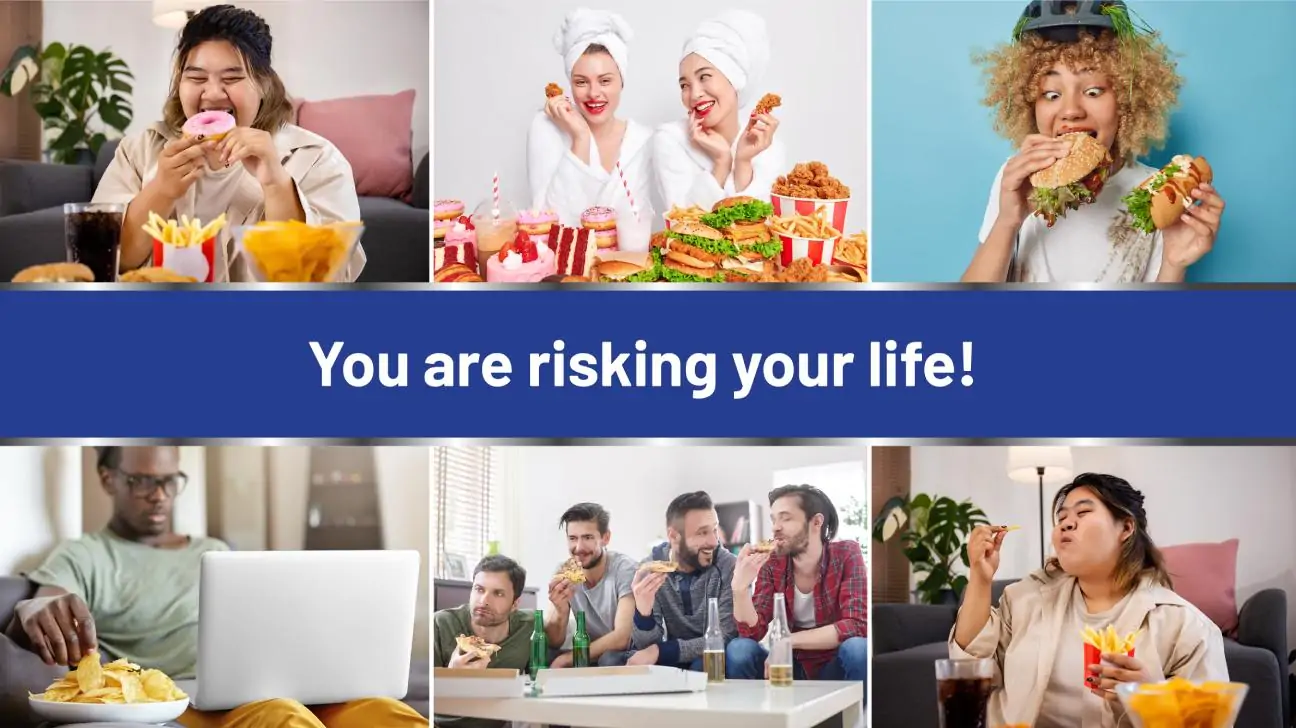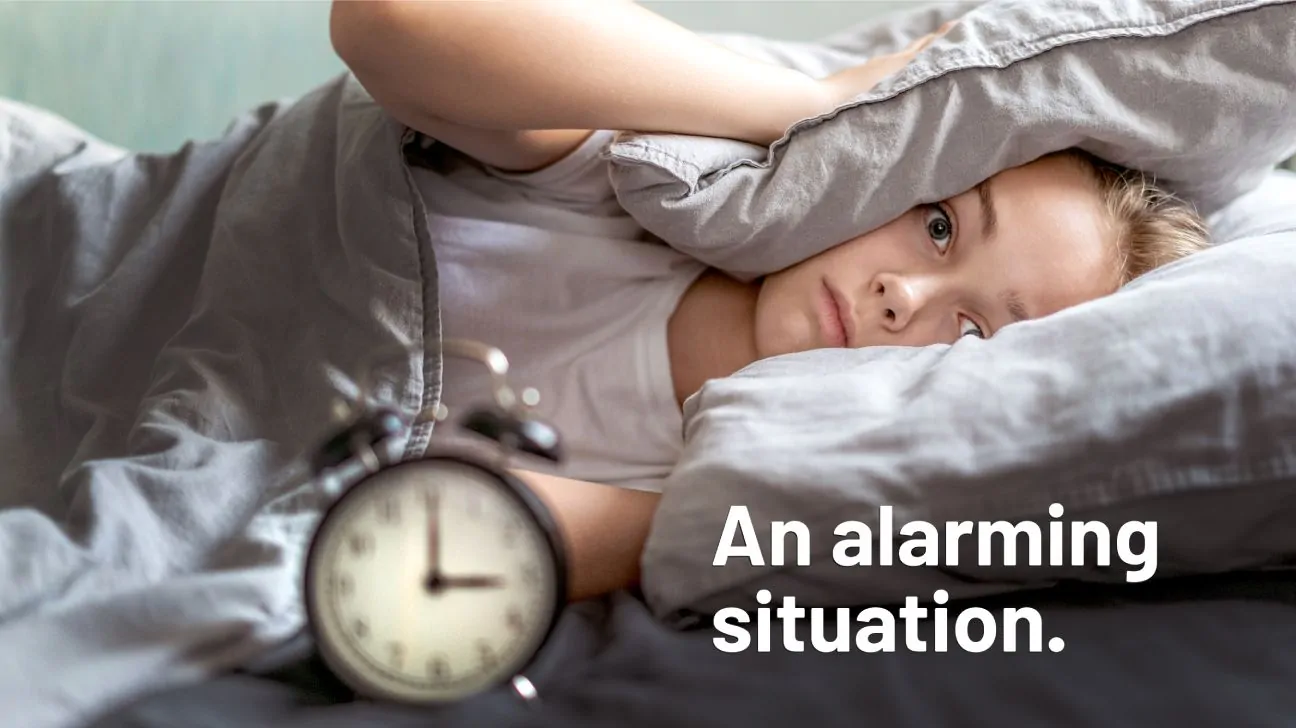No shortcuts to healthy life

Minerals and Vitamins and exercise plays an important role in health diet. Many of us felt frustrated for sure if are obese and trying hard to get rid of it., you might be familiar with feeling sick and fatigued of the extra pounds or the last stubborn bit of belly fat. That can be frustrating enough, but when an event comes along that you want to get ready and look your best for, it can add to those feelings of disappointment and stress. When you’re not seeing results from your current routine, it can be tempting to turn to what appears to be a quick-fix solution, such as a fad diet.
Unfortunately, some programs make a lot of money off your urgency to get to your goal faster. Some of the most popular programs out there include:
- Included more fluid: You consume fresh juices made from dietary fiber-rich and vitamin C-loaded fruit.
- Soup: You eat only soup, made mainly with cabbage and other veggies with chicken or other lean protein.
- Grapefruit : As the name indicates, for this diet, you’ll eat half a grapefruit and other healthy foods in every meal.
Based on the quick description, those diets don’t sound so bad, right? Unfortunately, once you get into the details, you’ll find that they’re quite restrictive, in both calories and the types of food you can eat.

A quick fix often works, at first, because it regulates caloric intake by limiting food types and simplifying options. Sadly, after following a crash diet, there is an increased tendency of weight gain because deprivation diminishes willpower over time. According to the National Eating Disorders Association, dieting is also associated with poor self-esteem and body image, anxiety, depression, and increased risk for mental illnesses, such as anorexia, bulimia, and binge eating disorder. Restrictive dieting can also reduce your metabolism and lead to increased weight gain after the diet phase is complete. This is why most diets fail to provide long-term weight loss success.
Phycological Effects of Dieting
In addition to the psychological effects, dieting, and particularly restrictive dieting, has serious physical effects. Many diets don’t correctly balance macronutrients like protein, carbs, and fat, and a lack of proper macronutrients can affect how your body functions and leave you feeling sluggish and tired. And speaking of feeling tired, mineral imbalances, from a lack of eating the right foods, can create muscle cramps and sleeping problems. You might also miss out on micronutrients and antioxidants, which makes it easier for you to get sick. And lastly, when you’re not getting enough protein, carbs, or fat, there’s the potential of losing the muscle mass that you worked so hard to build up, which can in turn decrease your metabolism, muscle tone, and strength.
So there you have it: crash diets and quick fixes don’t work. What’s worse is they can hurt your health journey in the long term. But wait, if quick fixes don’t work, then what does?
This is where we’d like to introduce the idea of lifestyle and habit change over the “D” word. In addition to all of the above, we also know that our brains respond better to positive words and feelings. The idea of changing your lifestyle and habits puts you in the driver’s seat, where you are choosing to change and doing it because you want to, rather than following along with a restrictive diet that someone prescribed to you. That feels better already, doesn’t it? The very shift in the way you speak about your change could be the key to your success.
Now that you know you want to make a long-term change, rather than follow a short-term plan, where do you start?
The first step is to talk to yourself about what you want to achieve. Because many of us focus so hard on what is right or wrong, we don’t connect to WHY we are making that change. But our “why” is the secret sauce to success! The conversation with yourself could look like this: Once you understand the goal you want to set, it’s important to have ways to evaluate it, too. There is no wrong way to make a change if you have a clear picture of what you are doing. Asking yourself the below questions will give you a chance to pause just long enough to settle into your decision and move forward with confidence.
Consider the following:
- Is this a long-term change or a short-term one?
- How long should I consider sticking with this?
- What could cause me to stumble, and how will I adjust?
- How will I know it’s going well?
- What do I want to learn out of this?
Once you have those questions answered, you’ll have a better idea of your plan of attack for your goal: both how to accomplish it, and how to stop the things that might get in your way. For example, if your goal is to lose those last five pounds, but you know you have a weakness for the doughnuts at your favorite coffee shop, try only bringing enough cash with you to pay for coffee next time. Here are some of our favorite healthy habits to incorporate when we’re working towards a health goal. Start with two or three of these, whichever best match the goal that you set, and work your way up from there!
- Drink ½ your body weight in water every day
- Sleep 7-9 hours a night
- Calculate your recommended protein intake, and try to meet it every day: (____ your body weight) x .7g = _____ grams of daily protein)
- Improve your mood and negative stress effects with 10 minutes of meditation a day
- Eat 7-10 servings of colorful fruits and vegetables a day
- Walk 10,000 steps a day
- Move 300+ minutes a week
Fluids are good.
We know what you’re thinking. Drinking enough water, and eating fruits and veggies… is all health advice that you’ve heard before! How is it going to help you reach your goal, right now?
The short answer is, that it might not. You won’t immediately lose those last five pounds the same day you start eating better and moving more. But what you will notice is how much more energy you have and how good your body feels. When you start to incorporate more of these practices, you’re not just working towards a short-term goal – you’re building healthy habits for life. Because rather than following a quick-fix or fad diet, making lasting changes is the best way to serve yourself, every time.
The shortest distance between two points is a straight line. This is an important thing to know, but not overly applicable to say, getting from your home to work.
Unfortunately, you have to follow the road, which often isn’t straight.
But even as we drive, there’s the shortest or quickest way, and all other ways are longer.
More often than not, we go the shortest way.
Is there a shortcut to work? Possibly.
But it’s only a shortcut once. After that, it’s just the quickest way.
This is like fitness in a lot of ways. People will keep claiming they can get results in 8 minutes or 8 days or 8 weeks, but after a while, the shortcut can’t get any shorter.
We want the shortcut.
We’re looking for a shortcut.
Every time we see the word “secret” in a marketing headline, we hope that’s the shortcut.
Yet, we never seem to get to our destination.
What I’ve found from my coaching over the last few years: everything takes longer than you think it will.
This shouldn’t be a surprise. It may have taken you 5, 10, 15, or more years of neglect to get to your current point. Could it be as simple as 3 months of training to undo all of that? Probably not.
How many times can you do the “shortcut” over and over and still not reach your destination?
Here at PEAK, my focus is on doing things the right way. That doesn’t mean we don’t get lost on the road sometimes, but we’re not testing fads. We’re following tried and tested methods that require patience, consistency, and discipline. All the things most shortcuts don’t need you to have.
Helping clients achieve their fitness goals is about helping clients achieve their life goals. It’s why we do 5 and 10 years goals for life through the Vision Casting process.
Fitness and health aren’t in their category. They are a part of your life, and are affected, and affect other areas of your life.
So it’s only right that we put together a long-term plan together.
A strategy to get from A to Z, without being distracted by claims of 6 minutes abs and 14 Day Fat Blasting plans.
If you want to keep looking for shortcuts, but never-ending up at the place you want to get to, by all means
But if you’re ready to follow the best way to get results, then message below and start this journey together.
There are no shortcuts when it comes to being healthy. A kombucha (or apple) a day helps, but it won’t keep the doctor away. To feel your best, now and always, the focus needs to be on building a healthy lifestyle. This means focusing on 4 key areas: diet, exercise, sleep, and stress management. While focusing on one of these areas is good, when we begin to understand how they are intertwined and influence one another, we see the larger benefits. Eating a healthier diet while exercising regularly will lead to better sleep, which will help us manage our stress more effectively. Being less stressed will help us maintain our healthy diets, and not go for that extra brownie. In turn, working out will be easier, and now we’re starting to experience a virtuous cycle where the habits that make us healthy are building upon one another.
Here at Happy Being we’re committed to providing you with the information you need to achieve your health goals. Join our newsletter today and stay up-to-date! Good advice shouldn’t be kept a secret.
Relation between Diet and Exercise
While certain things matter for our health, there is no single thing that creates a healthy lifestyle. You may consistently work out, but if you are always stressed, eat poorly, or don’t sleep well, then you will inevitably run into some health problems. Our bodies are networks of connections, and the same is true for the ways our lifestyle affects our health. The key to a healthy lifestyle is focusing on the four parts of our lifestyle that have the largest influence on our health: diet, exercise, sleep, and stress management. Although each element influences our body in different ways, research shows that they are all intimately linked.
Let’s take a look at the relationship between diet and exercise. Whenever you are trying to gain muscle or lose weight, the first thing people will say is to switch up your diet. People are usually thinking of the “macro” effects when they say this, but the relationship between our diet and our physical performance goes much deeper. Take for example a compound like L-Citrulline, a nutrient found in watermelons. In a 2016study, L-Citrulline was shown to improve endurance and time trials of the 22 men who participated. This is just one example of how diet can directly improve physical performance.

Now, what about the relationship between exercise and sleep? When we sleep our body goes into a state of rest and uses little energy, so it makes sense that if we work out during the day – using up our energy – we will sleep more easily. In 2002 the University of Toronto conducted astudy that demonstrated the connection between sleep and exercise (despite wildly different exercise routines). The study found that exercise helps increase slow-wave sleep, which is the most restorative portion of our sleep cycle (study). Exercise, like high-intensity interval training, has been shown to stimulate the genes that are responsible for mitochondrial production, increasing our body’s energy reserves (seehere).
As you likely know, science has shown that exercise plays a huge impact on how we feel and plays an even larger part as we age (seehere). Not only do you get a huge rush of endorphins when exercising, but exercising regularly is a great way to regulate our daily stress.
According to this 1998study, even as little as 30 minutes of exercise 3 times per week is enough to realize serious benefits from exercise. With theNIH finding that over 30% of all Americans will experience some form of anxiety or depression in their lifetime, and roughly 80% of Americans reporting significant levels of stress in their lives (seehere), it’s likely that we have all experienced the effects of stress: loss of sleep, neglecting exercise, eating poorly, avoiding friends, and a whole host of other unhealthy choices. This doesn’t mean we are stuck with stress though.
Fostering new habits, and building a good foundation around our sleep, diet, and exercise, will help us realize stress reduction.
If you take anything away from this article it should be how the elements of a healthy lifestyle are interconnected. We only have one body, and through our choices, we can greatly influence our near and long-term health. We need to stop focusing on any one piece of our health, and instead, view a healthy life as the result of a healthy lifestyle. That means focusing on diet AND sleep AND exercise AND stress management. Working on all 4 areas together will lead to better outcomes, and there’s a science to prove it.
We again emphasize on maintaining a good lifestyle routine which includes healthy diet and exercise for sure.
We understand that we are just one part of a healthier life, and we are committed to providing you with the information you need to achieve your greater health goals.
Case Study: As Dr. Farhad Dalal explains in his book, CBT: The Cognitive Behavioural Tsunami
Success is tracked by the number of appointments offered by Health and Wellness for both medical and mental care. In Annual Reports for both the 2017-2018 and 2018-2019 academic years, Health & Wellness facilitated around 58,000 appointments. This means an average of four appointments per student. In the 2019-2020 academic year, however, the same 14,000 students made almost 73,000 appointments (an average of five appointments per student). Data for 2020-2021 has not yet been released.
This increase in appointments is commendable, but an individual’s mental health is not measured in aggregate data. The question is whether the quality of services is enough to address the University’s crisis.
I eventually did see both counselors and psychiatrists, but they would only provide a limited number of sessions. When I had exhausted my allotment, I was told to seek outside resources, without support. Even now, in 2021, I have a fraction of the care team that I once had.
Moreover, even after completing one-on-one and group therapy, I was dismayed to find that these sessions were not making any difference.
CBT is based on the idea that distress is caused by “faulty or unhelpful ways of thinking.” However, CBT, at least in the therapy I attended, makes no allowance for mental distress caused by issues entirely outside my control. I would “fail” to respond to CBT because I wasn’t trying hard enough to change my thoughts.
Of course, this is based on the assumption that I was causing my mental distress. The idea that mastering internal thought patterns—if that can be done at all—will make one happy is an effective way to individualize mental health issues and ignore the systemic causes of illness. Attempting to master control of my inner thoughts did nothing to solve systemic problems such as racism, homophobia, and gender discrimination.
Though CBT may be helpful for some, I am not the only one to find CBT unhelpful. As Dr. Farhad Dalal explains in his book, CBT: The Cognitive Behavioural Tsunami, CBT was originally used to treat a very small number of disorders, namely phobias. However, the treatment became popular for a wide variety of mental illnesses after researchers in the United Kingdom published “The Depression Report: A New Deal for Anxiety and Depression Disorders” in 2006.
This report reasons that people who are mentally ill tend to be absent from work and seek healthcare. This “total loss of output” due to mental illnesses like depression and anxiety costs an estimated £12 billion a year, £7 billion of that in taxes. In comparison, an investment of £600 million in CBT-based therapy could dramatically reduce the expenses associated with sickness.
In short, CBT was a way to get people well enough that they could return to work. Because of this reportedly high return on investment, these ideas became popular in the United States and Canada. This is why they are especially prevalent in online self-help resources.
For example, the Ontario government has made Lifeworks’AbiliCBT free for residents aged 16 or older. Participants complete an assessment questionnaire and are contacted by a professional therapist. Afterward, they move through “structured modules” while the therapist monitors their progress. This program is also marketed in terms of its ability to“reduce costs” and “boost productivity.” Lifeworks is the same producer as Myst.
While this seems like a convenient solution for institutions, data from the UK in 2018, examined 12 years after the “Depression Report”, showed that the widely advertised effectiveness may besignificantly overblown. The system itselfis burdened by incredibly high demand and low staff morale.Many people are turned away because their illnesses are too complex. Patients who, for any reason, refuse or fail to respond to treatment are diagnosed as“CBT-resistant”, further pathologizing normal reactions to a treatment that fails to account for the lived realities of many people.
For many, myself included, these issues in the UK sound familiar in our University context. We know that even with the “improved” system, wait times are very long and that six sessions are not enough. Students have trouble navigating the bureaucracy of the medical system and securing appointments.
Students with complex or difficult issues are encouraged to leave the University.
Only those who are actively in crisis qualify for the more “resource-intensive” treatment options. Those who are not yet harmed to themselves or others are directed to community resources. This is antithetical to crisis prevention.
My mental health does not exist only to make me a productive worker or student. In my undergraduate spaces, people would talk about how students are more than “just a number.” Increasing the number of appointments per student will not improve anyone’s situation.
We hope you have enjoyed reading this article. Please share your comments in the box mentioned below.
References: https://ultravires.ca/2021/11/there-are-no-shortcuts-for-mental-health/
Reference:


